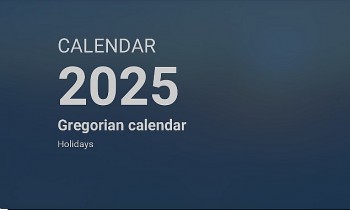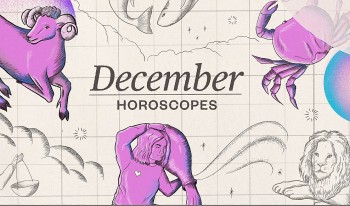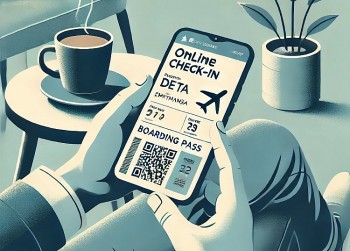Top 10 Isolated Tribes in the World Today
 |
| Isolated Tribes in the World Today - Photo: Mixi's |
| Table of Content |
Uncontacted people or isolated tribes are communities who live, or have lived, either by choice or by circumstance, without significant contact with globalized civilization. There are few people have remained totally uncontacted by global civilization.
They still living in some of the most isolated regions of the world. Most uncontacted communities are located in densely forested areas in South America and New Guinea. Knowledge of the existence of these groups comes mostly from infrequent and sometimes violent encounters with neighboring tribes, and from aerial footage.
The List of 10 Isolated Tribes in the World Today
1. Korubo or Dslala Tribe
2. The Sentinelese Tribe
3. Pintupi Nine Tribe
4. Surma or Suri Tribe
5. Moken Tribe
6. Fleicheros
7. The Mashco-Piro Tribe
8. The Korowai Tribe
9. The Ayoreo-Totobiegosode
10. The Yanomami Tribe
*****
What Are The Most Isolated Tribes in the World?
1. Korubo or Dslala Tribe
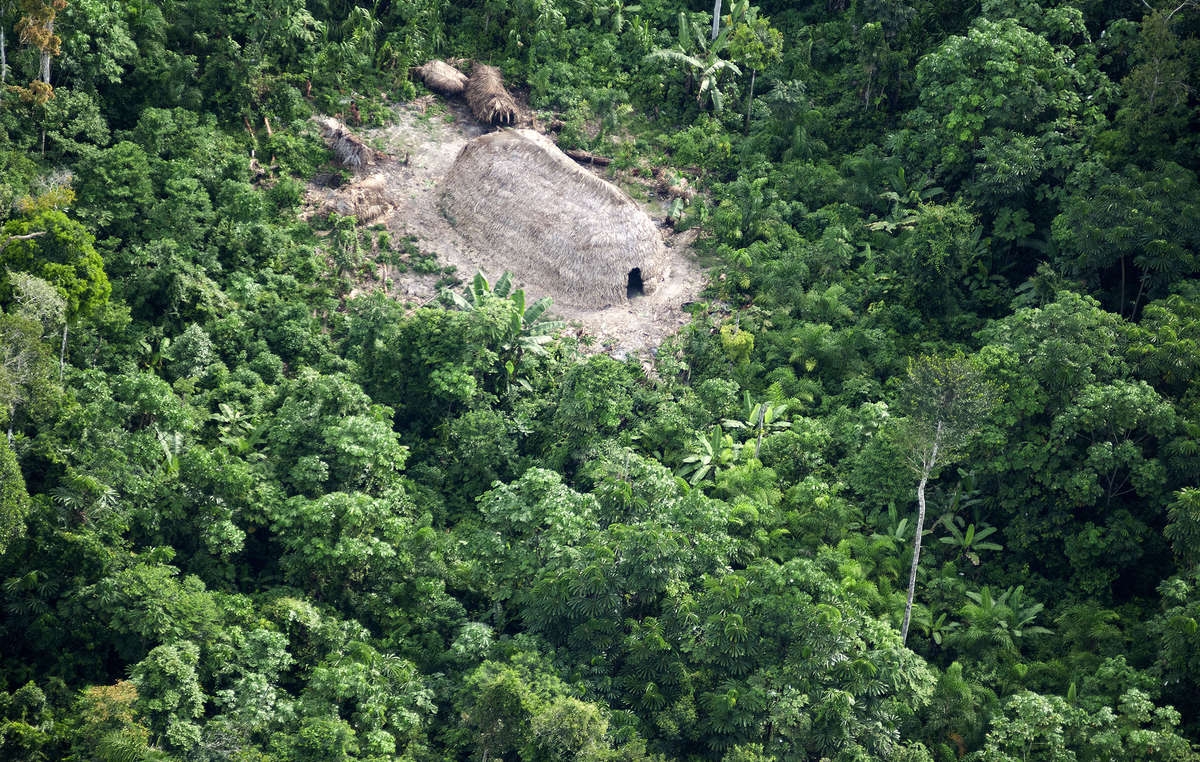 |
| Photo: Steemit |
This tribe lives in the Western Amazon Basin. There are reports of violently clashes among tribes in the area. Tribesmen use long clubs that often taller than themselves. The Fundação Nacional do Índio of the Brazilian government have tried to establish peaceful contact with this tribe of about 150 members, but the tribe clubbed seven of the government’s employees to death. The government has determined that this group is so dangerous that they have established a reservation for them with no one allowed to enter the area.
While it is not believed that this tribe has any particular religious beliefs, they often practice infanticide – the intentional killing of their infants. Unlike most tribes, it’s believed that this community runs on a matriarchal hierarchy.
2. The Sentinelese Tribe
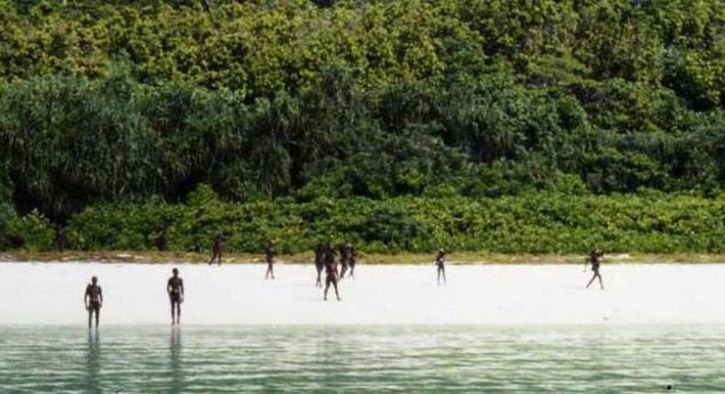 |
| Photo: Indiatimes.com |
The Sentinelese are a tribe of about 250 – 500 people who live on North Sentinel Island, between India and Thailand. They are one of the Andamanese indigenous peoples and one of the most uncontacted peoples of the Andaman Islands. We don’t know much more than that, because every time the Sentinelese receive a visitor, they greet him with a hail of arrows.
They are noted for vigorously resisting attempts at contact by outsiders. The Sentinelese maintain an essentially hunter-gatherer society subsisting through hunting, fishing, and collecting wild plants. There is no evidence of either agricultural practices or methods of producing fire. Their language remains unclassified.
| It is estimated that they have lived on their island for 60,000 years. Their language is markedly different even from other languages on the Andamans, which suggests that they have remained uncontacted for thousands of years. They are thus considered the most isolated people in the world. |
3. Pintupi Nine Tribe
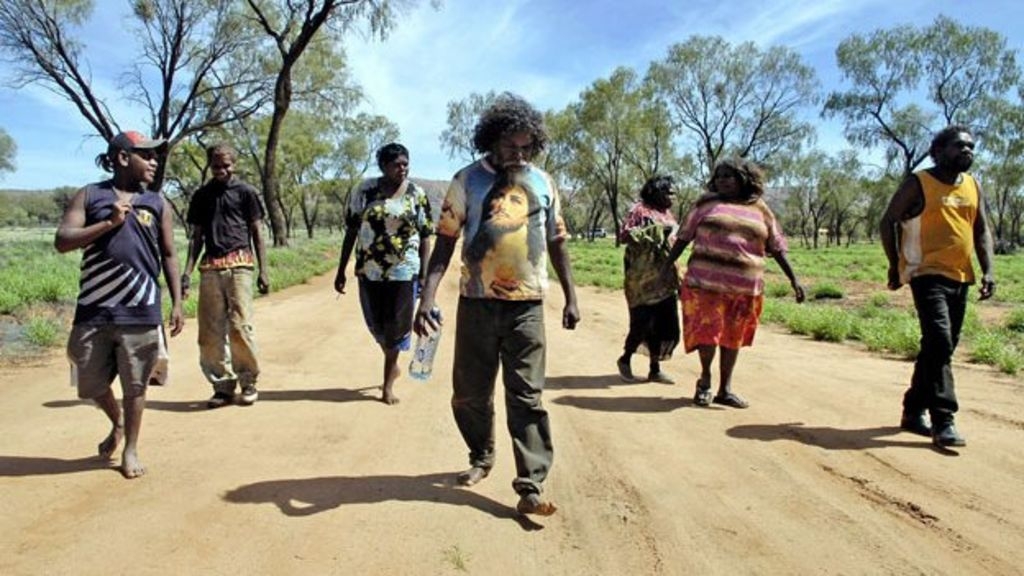 |
| Photo: BBC |
The Pintupi Nine were a group of nine Pintupi people who lived a traditional hunter-gatherer desert-dwelling life in Australia’s Gibson Desert until 1984, when they encountered near a settlement with their relatives in Western Australiawith. They are sometimes also referred to as “the lost tribe”. They are believed to be the last Aborigines to have been living this way. The group lived a nomadic, hunter-gatherer way of life in the Great Sandy Desert. Their diet was dominated by goanna and rabbit as well as bush food native plants.
The group is a family, consisting of two co-wives (Nanyanu and Papalanyanu) and seven children. There are four brothers (Warlimpirrnga, Walala, Tamlik, and Yari Yari) and three sisters (Yardi, Yikultji and Tjakaraia). The boys and girls were all in their early-to-late teens, although their exact ages were not known, the mothers were in their late 30s.
4. Surma or Suri Tribe
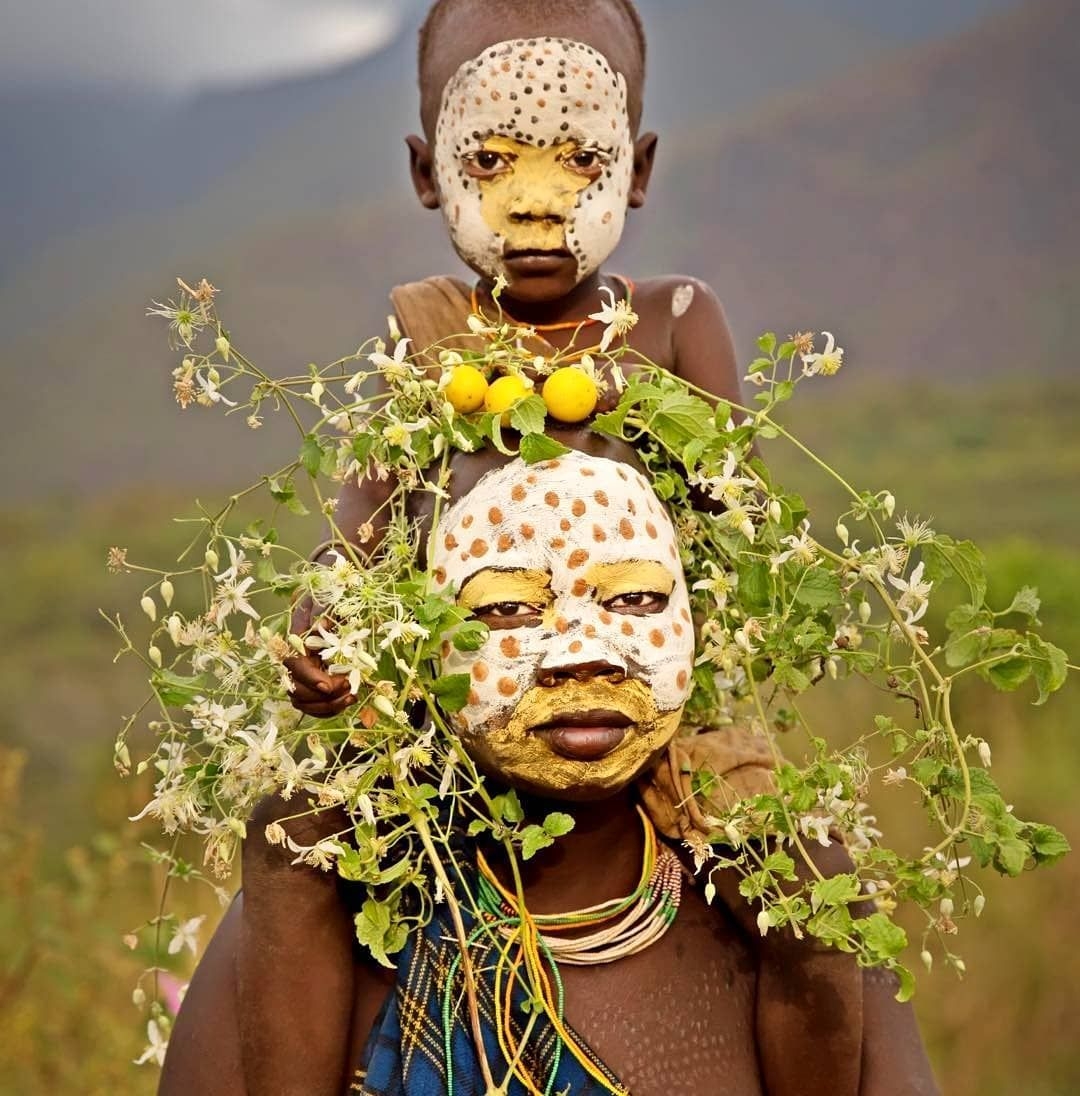 |
| Photo: Pinterest |
The Surma or Suri tribe lives in the Bench Maji Zone of the Southern Nations, Nationalities, and People’s Region (SNNPR) in Ethiopia. This tribe is considered one of the most dangerous to outsiders because they often use automatic firearms obtained during the Sudanese Civil War to protect their livestock and villages. They are also extremely talented at a form of stick fighting that they refer to as saginé. They use saginé as a rite of passage for young men, and they also use it to duel over women with the loser sometimes being killed before the battle ends.
The tribe raises livestock including cattle and goats and subsists on crops including sorghum, maize and cassava. Initiation into adulthood is only held approximately every 25 years, with young men often being beaten almost to death before being accepted as a man.
When Russian doctors visited this tribe in the 1980’s, they thought the doctors were the walking dead because of the color of their skin.
 Top 10 Most Mysterious People In The World Top 10 Most Mysterious People In The World There are things on earth that we have never found out, as for the list of the 10 most mysterious people in the world right ... |
5. Moken Tribe
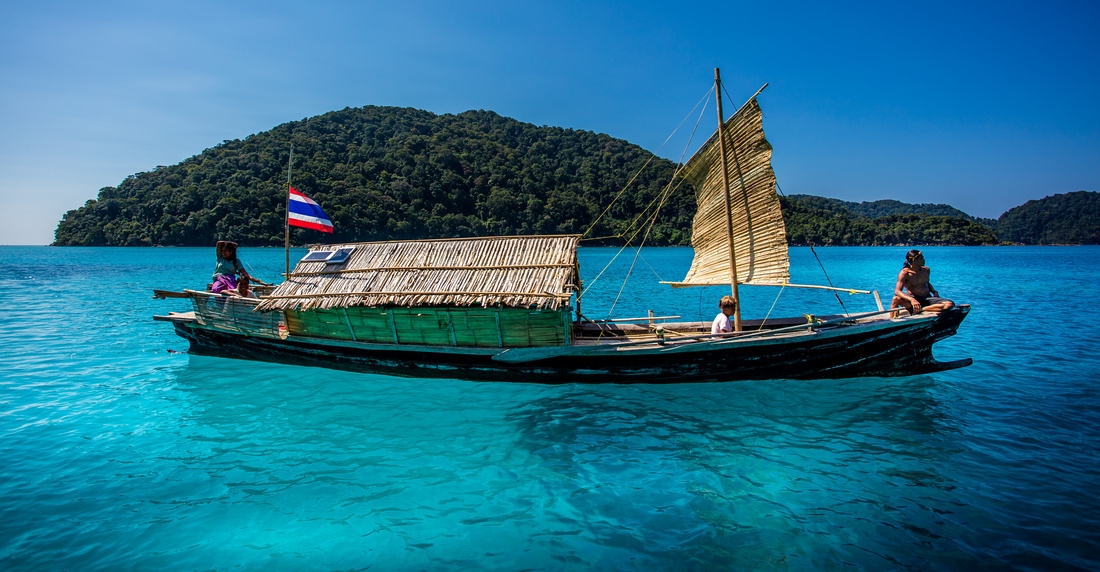 |
| Photo: David Van Driessche |
The Moken tribe spends most of their lives living in wooden boats off the shores of the 800 islands that comprise the Mergui Archipelago. This area located between Burma and Thailand is claimed by both countries. They are a nomadic people who rely on spears and nets to catch fish and other things from the sea to eat.
Their boats usually have a kitchen, living room and bedrooms. The tribe faces two different problems that may eventually lead to their extinction. First, the food supply is shrinking as people pollute the waters. Secondly, both governments are fighting over who should help these people assimilate into modern society when most members simply want to be left alone.
While they tend to be very peaceful, they will use spears and other weapons to defend themselves if provoked. They are considered one of the most isolated tribes in the world because they can be seldom found on land.
6. Fleicheros
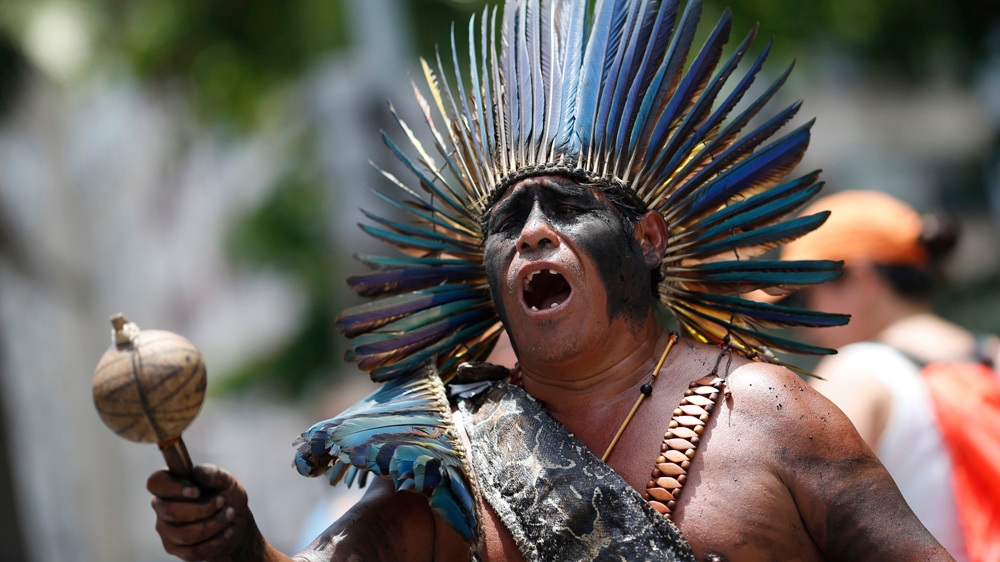 |
| Photo: Al Jazeera |
The Fleicheros tribe live along the Jandiatuba River in western Brazil. This tribe is known as the poisonous dart throwers. It is believed that until very recently, this tribe of about 30 members had absolutely no contact with outsiders until gold was discovered near their settlement.
Locals and foreigners rushed to the area looking for their fortune.
| In 2017, two gold miners were attacked by tribe members. It’s alleged that the miners slaughtered as many as ten members of the tribe, cut them up into little pieces and dumped them into the Jandiatuba River. The miners might have gotten away with their crime if they had not headed to a bar in a nearby community where they bragged about what they had done and the gold they were going to find. Brazilian authorities point out, however, that it is difficult to investigate the murders when the tribes people speak a totally separate language and do not want contact with outsiders. Nonetheless, they are committed to bringing the perpetrators to justice. |
7. The Mashco-Piro Tribe
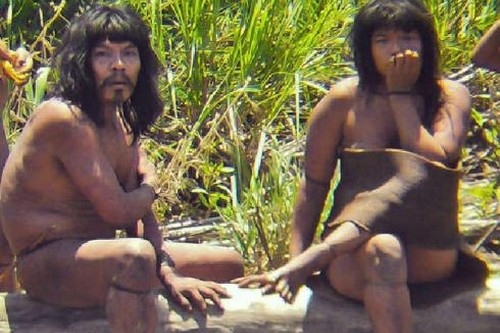 |
| Photo: Pinterest |
The Mashco-Piro, also known as the Cujareño people, are an indigenous tribe of nomadic hunter-gatherers who inhabit the remote regions of the Amazon rainforest. They live in Manu Park in the Madre de Dios Region in Peru. They have in the past actively avoided contact with non-native peoples.
In 1998, the IWGIA estimated their number to be around 100 to 250. This is an increase from the 1976 estimated population of 20 to 100. The Mashco-Piro tribe speaks a dialect of the Piro language.
8. The Korowai Tribe
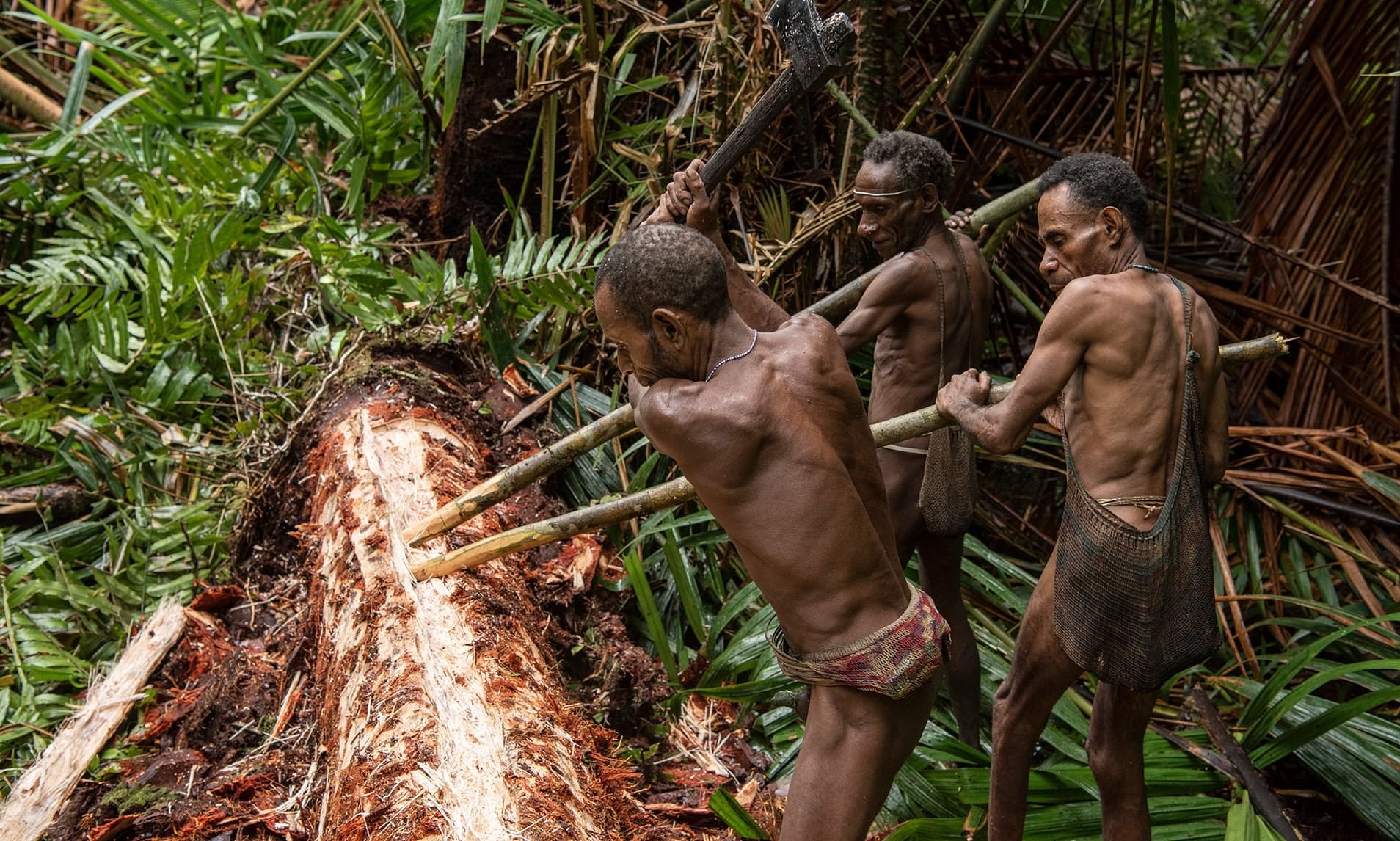 |
| Photo: Daily Mail |
The Korowai tribe of Papua (the southeastern part of the western part of New Guinea), Indonesia, was first contacted in the 1970s by archaeologists and missionaries, at which point they were still using stone tools and living in wooden treehouses. The Korowai, also called the Kolufo, are number about 3,000. Until 1970, they were unaware of the existence of any people besides themselves.
They avoid the modern world for so long, because they believed that the entire world would be destroyed by an earthquake if they ever changed their customs.
9. The Ayoreo-Totobiegosode
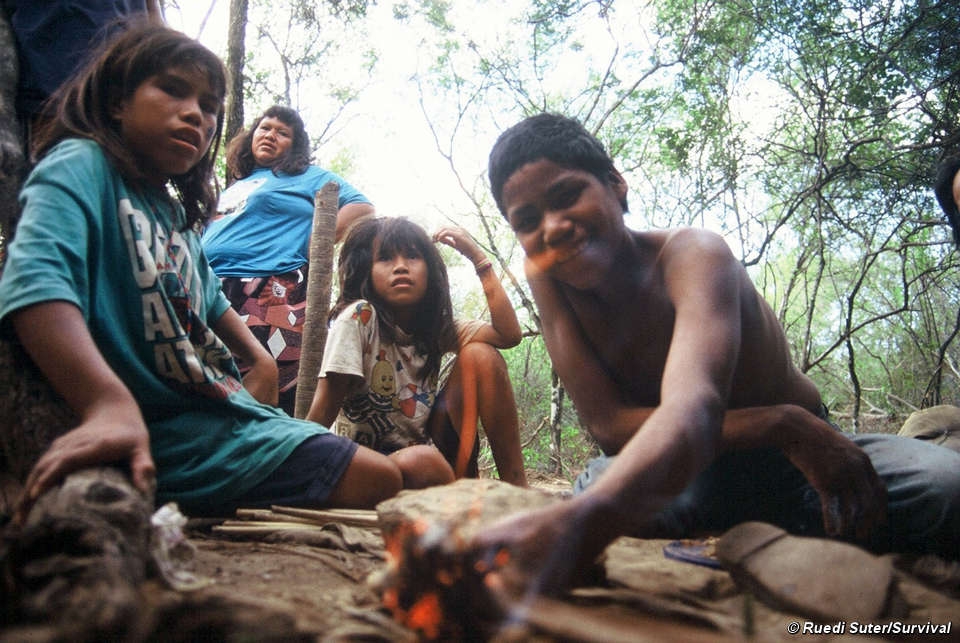 |
| Photo: Survival International |
Across the globe something in the region of 31,000 square miles of forest is destroyed every year. This works out to an area roughly the size of Austria.
Nowhere is this deforestation happening faster than in Paraguay’s Gran Chaco Forest, where up to 14 million trees are cut down every month. This rapidly diminishing ecosystem is home to South America’s last uncontacted tribe outside of the Amazon basin.
The Ayoreo people are made up of numerous subgroups, the most isolated of these being the Totobiegosode, which translates as the people from the land of the wild pigs. For generations the Totobiegosode have lived off the forest, cultivating a few crops and hunting tortoises and boar. However, the destructive forces of civilization are drawing ever closer.
10. The Yanomami Tribe
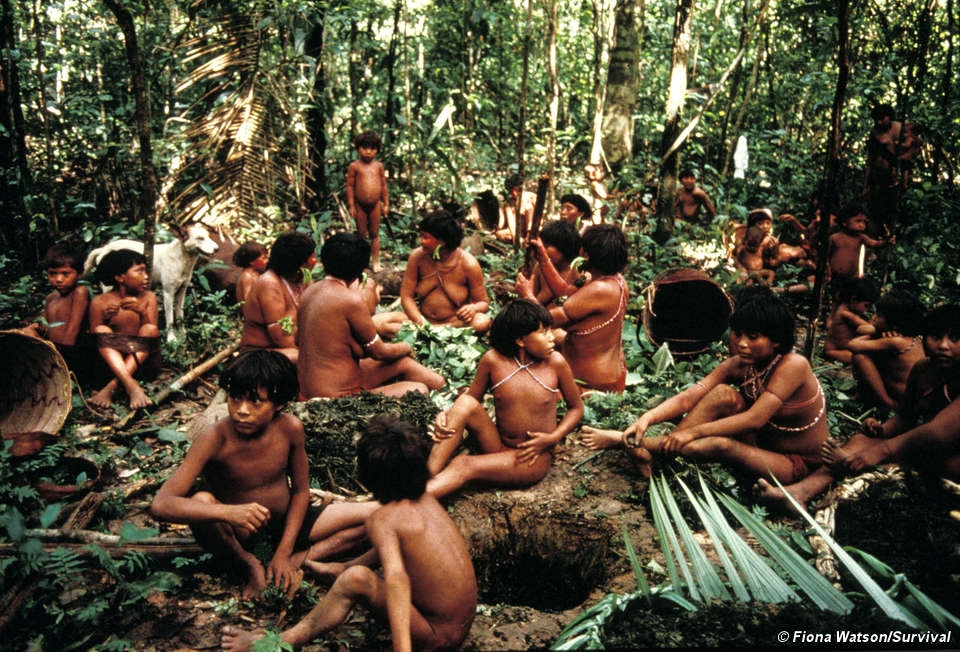 |
| Photo: Survival International |
The Yanomami Tribe are another of the isolated tribes that call the Amazon Rainforest home. However, their culture is rather different to most of the others. This is most apparent in that they don’t have any leaders. Rather than take orders from a chief, the tribe get together to discuss any important decisions that might need to be made. The outcome is only decided when group consensus is reached.
Around 20% of the Yanomami tribe’s diet is made up of the monkeys, birds, armadillo, and deer they hunt with bows and arrows. However, the hunter himself will never eat anything he has personally caught. It is instead shared out amongst others.
While the hunting is done almost exclusively by the men, the women use their extensive knowledge of the forest to gather berries and edible insects. It’s believed that they regularly make use of more than 500 different types of plants with which to provide medicine, body paints, dyes, poisons, and even hallucinogenic drugs.
How many uncontacted tribes are still left?No one knows for sure. At a rough guess, there are probably more than 100 around the world, mostly in Amazonia and New Guinea, says Rebecca Spooner, of Survival International, a London-based organisation that advocates for the rights of indigenous peoples. Brazil’s count is likely to be the most accurate. The government there has identified 77 uncontacted tribes through aerial surveys, and by talking to more Westernised indigenous groups about their neighbours. There are thought to be around 15 uncontacted tribes in Peru, a handful in other Amazonian countries, a few dozen in the Indonesian part of the island of New Guinea and two tribes in the Andaman Islands off the coast of India. There may also be some in Malaysia and central Africa. |
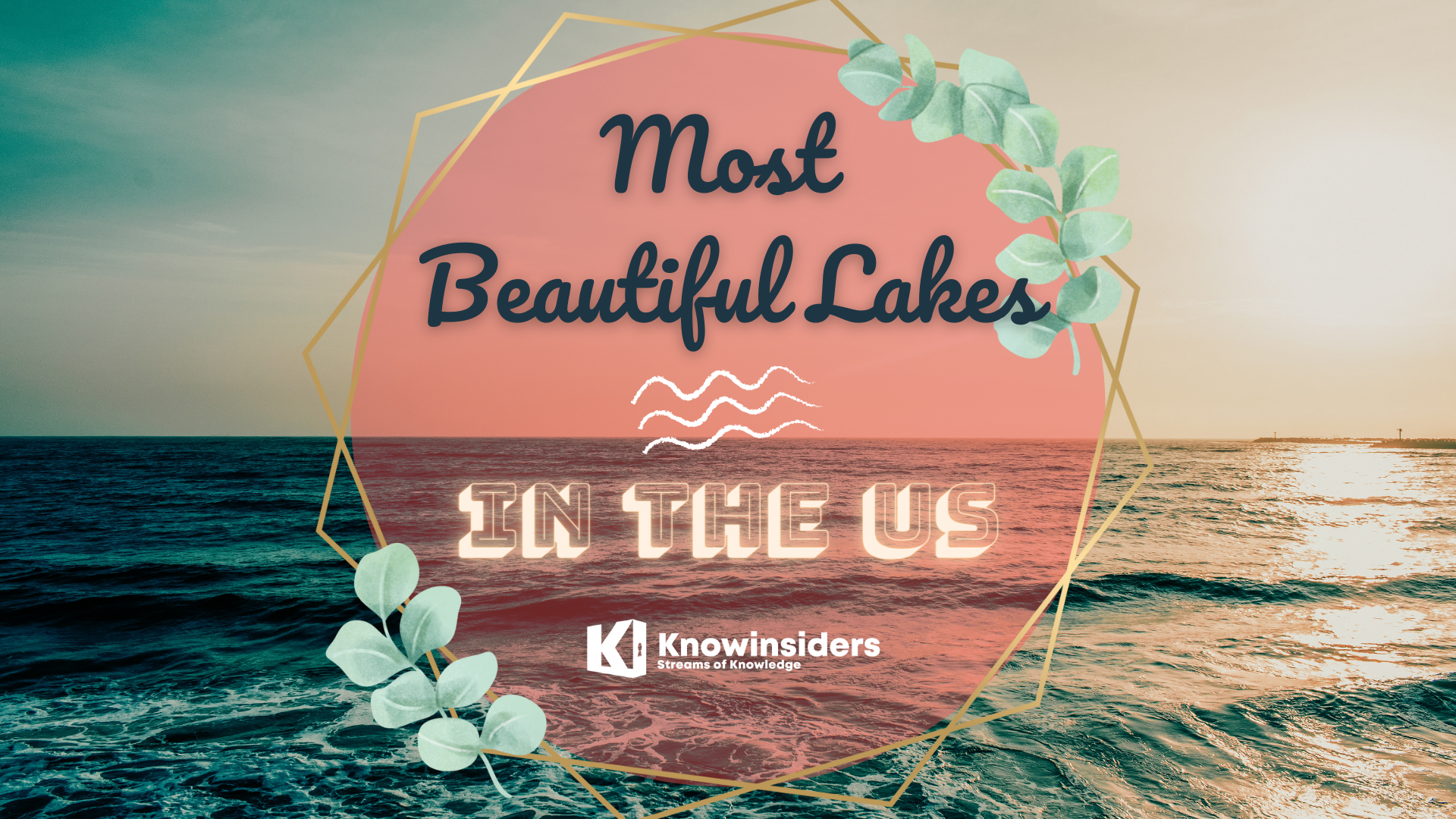 Top 10 Most Beautiful Lakes In The US Top 10 Most Beautiful Lakes In The US There are hundreds of prettiest lakes in the US spread out over varying geographical backgrounds, and all of them are beyond compare. |
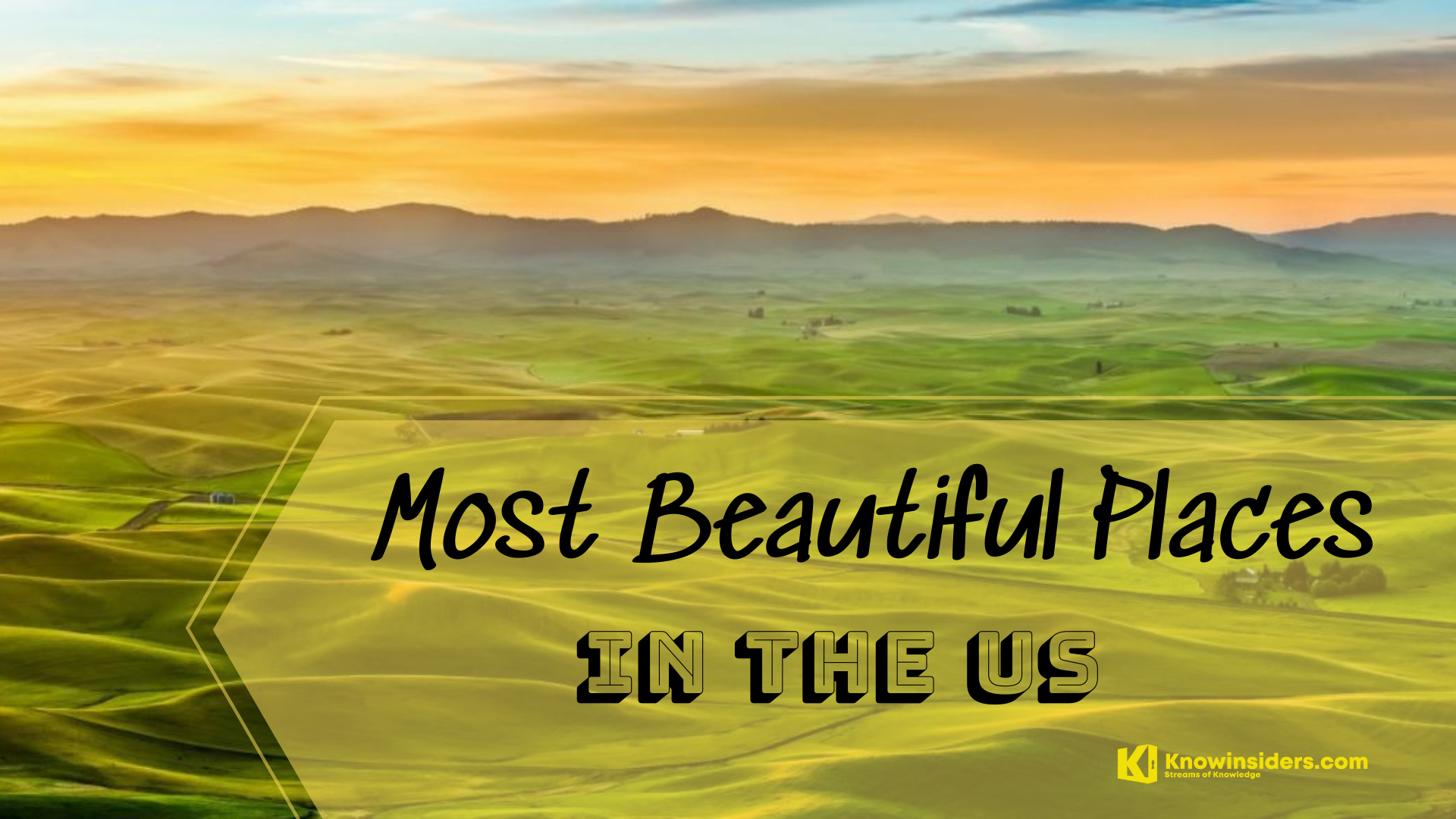 Top 15 Most Beautiful Places In The US Top 15 Most Beautiful Places In The US Are you looking for your next adventure or travel destination in the United States? Let's check our top 15 most beautiful places in the US. |
 Top 10 Most Beautiful Places in Afghanistan Top 10 Most Beautiful Places in Afghanistan Taliban takes control of Kabul's presidential palace and Afghanistan. Would you like to visit the Top 10 Most Beautiful Places in this country? |







